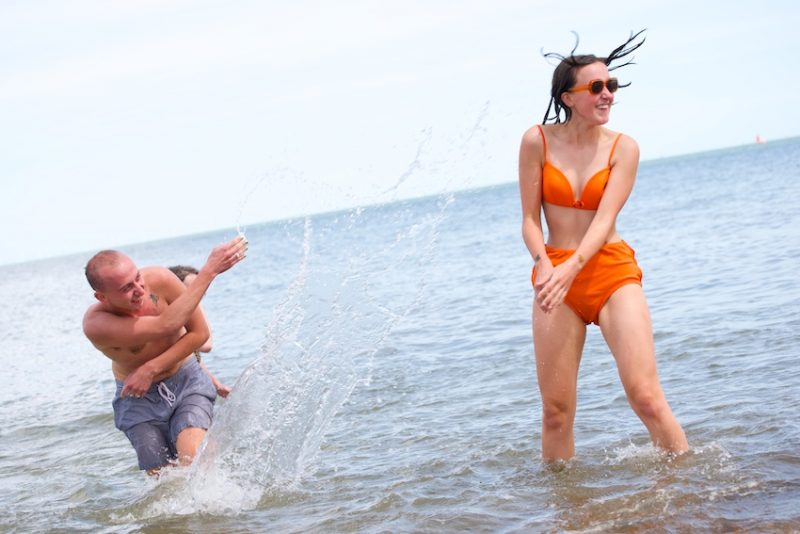
Swimming for the wild at heart
When I suggested ‘wild swimming’ to my daughter, she said witheringly: ‘Oh? Do you mean going to the beach?’
Well, up to a point. Except that the excursion has to be informed by a spirit of adventure, a willingness to swim in what nature has to offer, to embrace the sensation of the slimiest mud slipping through your toes, seaweed wrapping round your ankles and the odd dead jellyfish. Because with that, you get wild flowers growing on the beach – glaucous yellow-horned poppies, Klein-blue viper’s bugloss, fragile, lacy wild carrot and thickets of Schiaparelli-pink rosa rugosa under the song of skylarks. You might find a clutch of eggs laid in the shingle, meet the odd dog walker or fisherman, but you won’t be jostling with jet-skiers, barbecues and boogie boards.
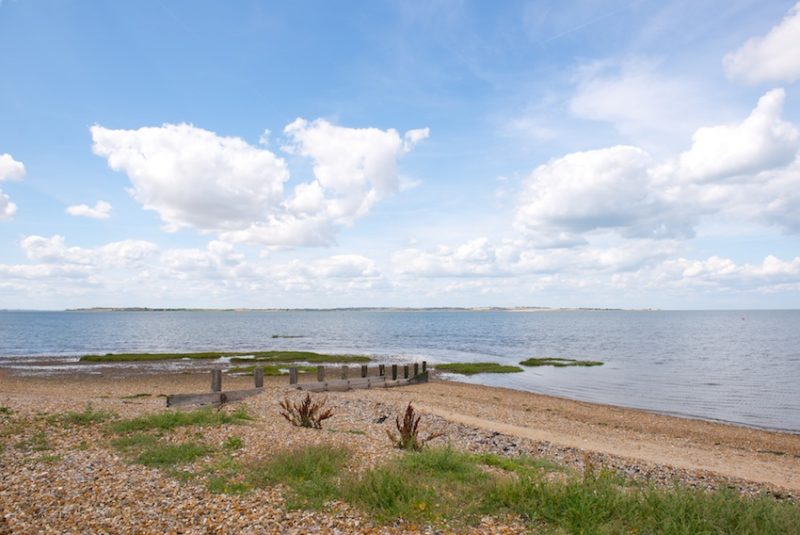
The tidal flats of the Swale Estuary
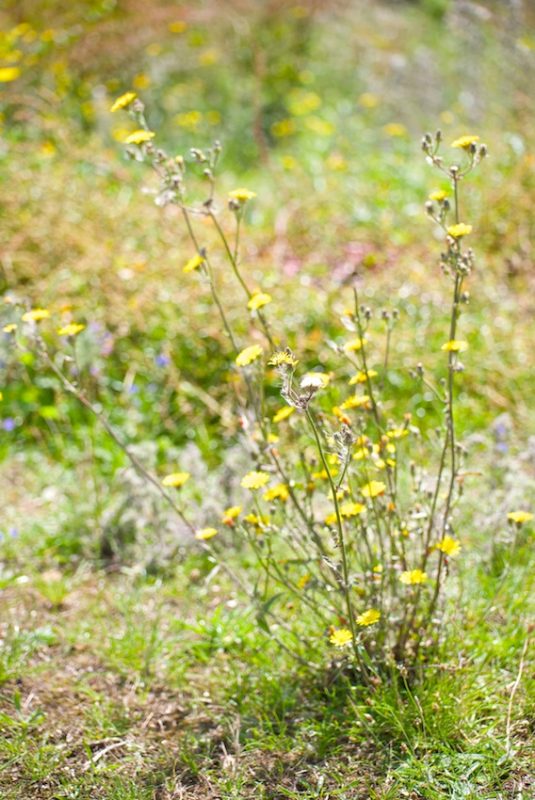
Wild flowers grow in the shingle
The Swale Estuary (which my Singaporean friend generously calls the ‘ocean’) is heaven for wild swimming. Walk out on the east side of Faversham Creek and take the footpath across the fields from Nagden until you reach the water, then continue east along the sea wall until you find an appealing spot to leap in. Otherwise, you can park near The Sportsman in Seasalter and walk back along the sea wall. The important thing is to get somewhere that can’t be reached by car.
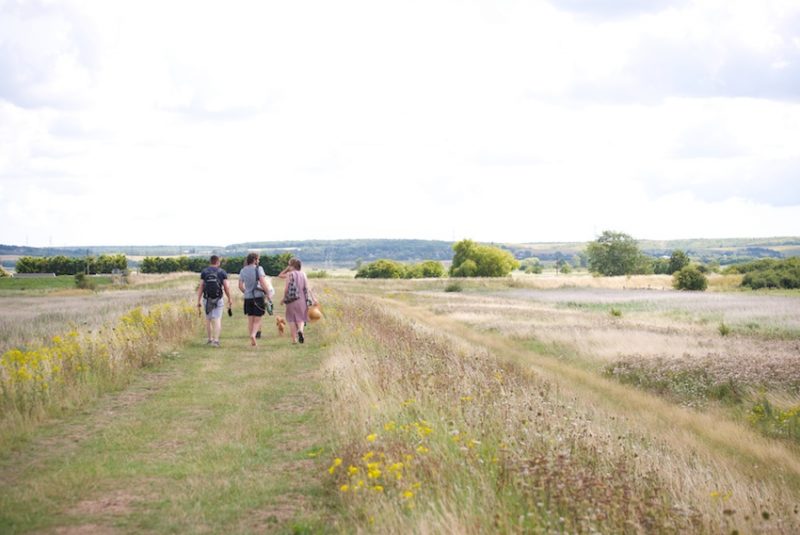
The best wild swimming is where cars can’t reach
There are a couple of points to bear in mind. You can’t swim at the bird sanctuary at Castle Coote, but this is clearly marked. Timing is essential. High tide is fleeting and the sea goes out for miles which suits birds, bait-diggers and punctual swimmers. There are internet sites which will give you the times of the tides or you can pick up a rather charming little booklet at the Fleur de Lis Heritage Centre in Preston St, although they have run out at the moment. For shrinking toe-dippers, it’s worth noting that a late swim is warmer than an early swim as the sun heats the mud of the Swale’s tidal flats over the day.
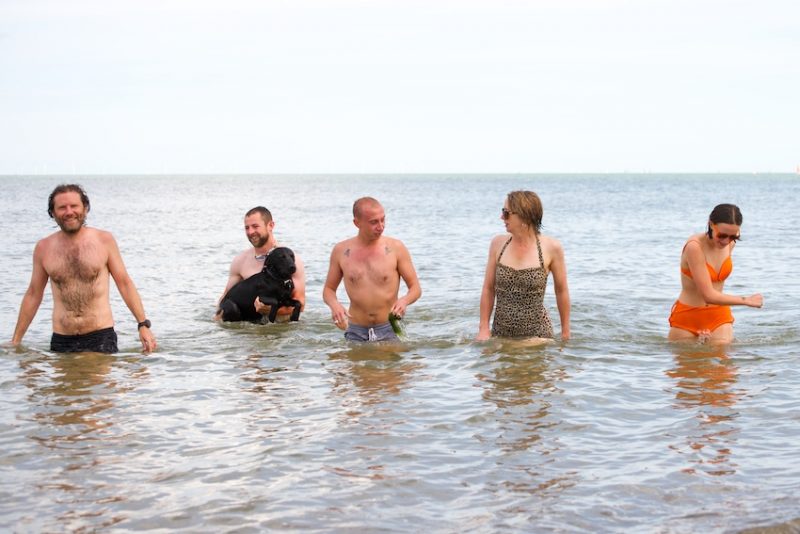
(l-r) Damian, David and Django, William, Posy and Minna go wild paddling for Faversham Life
Our party set off on a bright but breezy day and truthfully it was with doggedness rather than joie de vivre that we shed our clothes and dutifully hobbled over the shingle towards the sea. Django, the black labrador, however, had no doubts. He was right; it was glorious. ‘Not as cold as you’d think and it helps if you have a dog,’ said Minna, whose style never falters no matter how wild things get. ‘Slimier than you’d think,’ said Damian, a wild runner as well as swimmer, who has moved to Whitstable from Paris. ‘I wish I’d brought my swimming costume,’ said Lisa, the photographer.
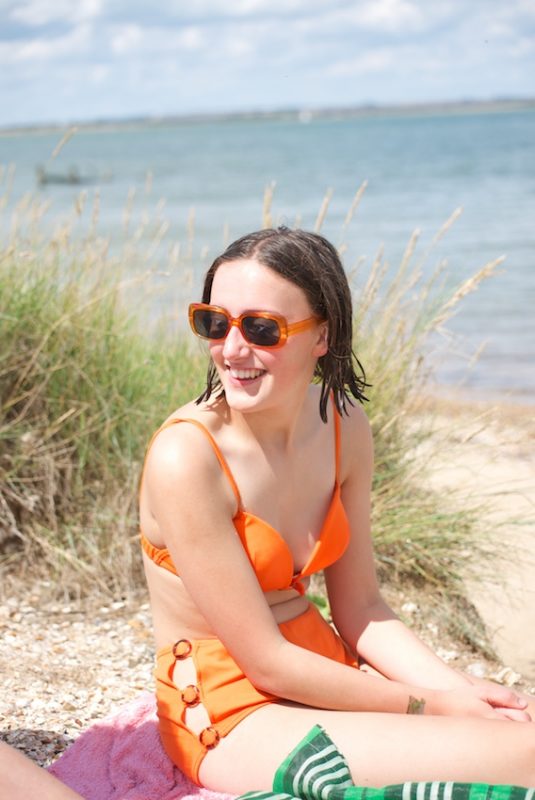
The elegant approach to wild swimming
For the really wild at heart, sea-swimming is not merely a summer affair. Elsa Hammond grew up in Faversham, swimming in the Swale all year round. A true romantic, her spirit is that of Coleridge striding up Scafell Pike in tweeds and boots or of Byron swimming the Hellespont.

Elsa Hammond embracing the bracing, swimming at Seasalter in January
Now an award-winning travel writer and lecturer at Oxford specialising in Romantic poetry, Elsa coauthored the Wild Guide for Southern and Eastern England. She will soon publish a collection of poems based on her 1,000-mile solo row in the Pacific in 2014 when she swam most days off the side of her boat with every likelihood of coming nose to nose with a Great White Shark.
I asked her advice for aspiring winter swimmers. Elsa says keep on swimming as the summer ends and your body acclimatises to the dropping temperature.
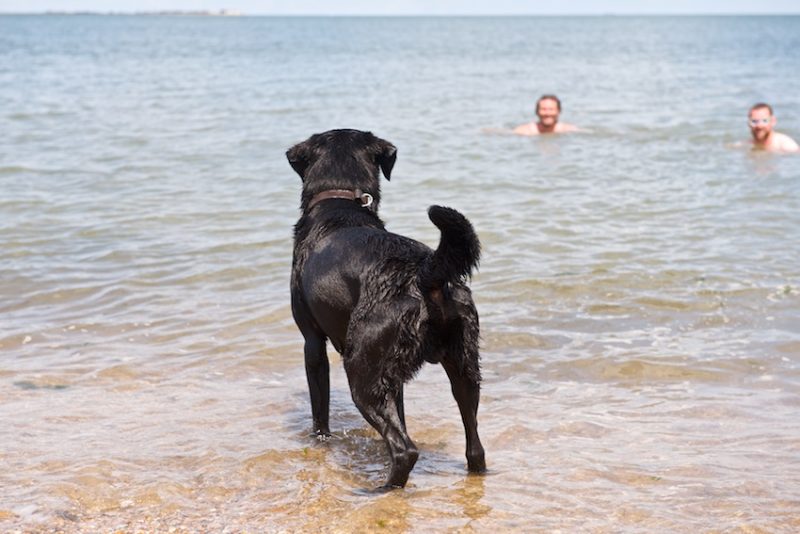
Django
The cold is a shock when you plunge into an iron-grey January sea, but Elsa suggests splashing your arms, sinking in backwards and breathing out with a huff so that the cold doesn’t take your breath away. Be aware of your limits and your own health, get dry as quickly as possible afterwards, bring hot drinks and lots of layers. There are several excellent sources of information including blogs such as The Lone Swimmer and Wild Swimming News, and books and apps from Wild Things Publishing.
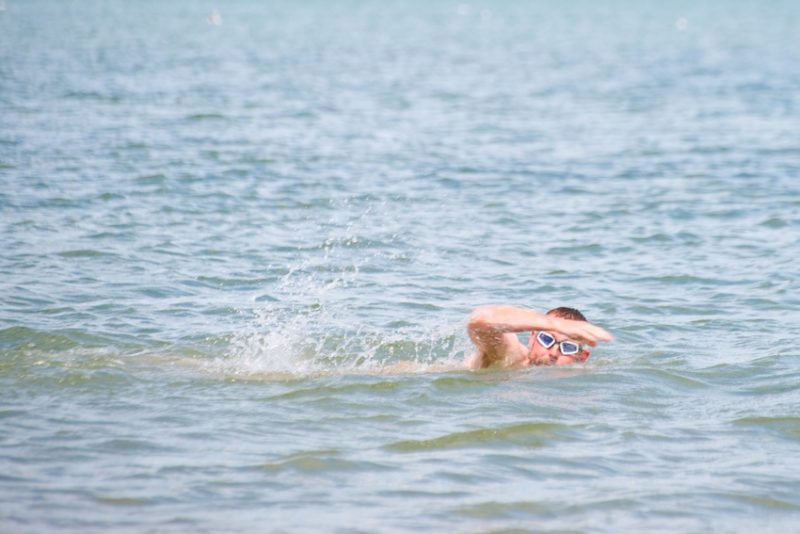
Swimming in the sea is a lark but also great exercise as David demonstrates with his mean crawl
Sea-swimming is not just one thing. It’s delightful to wallow in the soup-warm waters of the Mediterranean before crawling back up the yellow sand to your 1,000-page bestseller and Gin Sling. But the romance of giving yourself up to a darkening November North Sea is bliss.
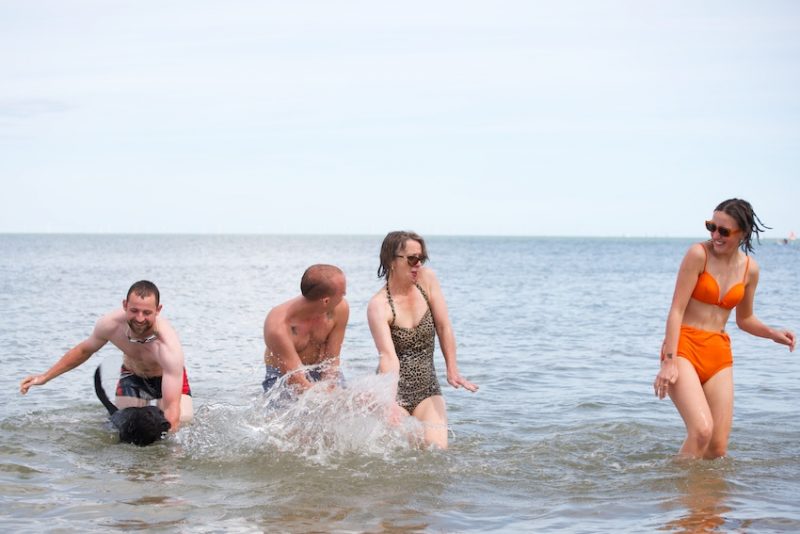
The temperature of the sea doesn’t vary with the weather. The sea in the Swale is warmest in September, an average 17.7 degrees C. It is coldest in March at an average 7.5 degrees C and, you may be surprised to hear, it’s warmer in November (14.2 degrees C) than in June (14.1 degrees C). October (slightly warmer than July) is my favourite month for swimming here. The sun sinks early over Sheppey and, as you glide into its glittering golden trail, overhead, the migrating Brent geese fly in from Siberia for the winter.
Text: Posy. Photographs: Lisa and Elsa Hammond